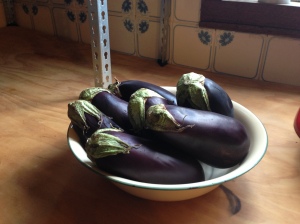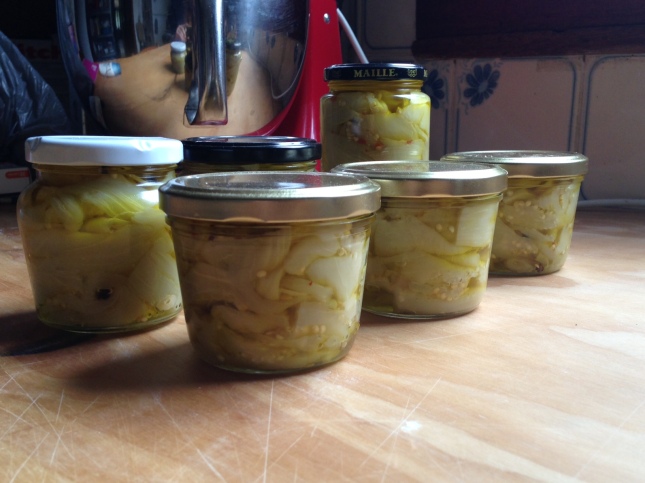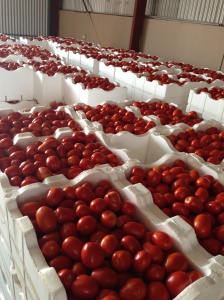 Growing up in a home full of hand made goodies and preserves we had everything you might expect, from Fowlers Vacola jars of peaches and fruit to long neck beer bottles of tomato sauce, everything that could be bottled usually was. Anyone who had a similar experience knows that the flavours and freshness of what you can produce at home is always superior to what you can purchase for your local supermarket. So we grow up and seek out to master and reproduce these handed down recipes.
Growing up in a home full of hand made goodies and preserves we had everything you might expect, from Fowlers Vacola jars of peaches and fruit to long neck beer bottles of tomato sauce, everything that could be bottled usually was. Anyone who had a similar experience knows that the flavours and freshness of what you can produce at home is always superior to what you can purchase for your local supermarket. So we grow up and seek out to master and reproduce these handed down recipes.
But somehow I forgot all about this one. A Melanzane (Italian for eggplant) sandwich with mortadella and parmesan cheese is a thing of beauty, toast it for lunch on a cold winters day and you have a very happy Rigoniman. A recent trip to my parents’ reminded me of this delicacy and at the end of the weekend I was on my way with recipe and an appetite for something I hadn’t tasted in years.
Any local fruit and veggie store will sell eggplants and in season you can pick them up for a bargain, alternatively they are easy to grow and one plant should produce at least half a dozen jars. Here are the steps.
- Wash and sterilize jars.
- Remove stems and peel, cut fruit into 6-8mm slices.
- Lay slices in colander and sprinkle about 1/2 a teaspoon of salt between each layer, weigh down for 2 hours.
- Bring enough vinegar to the boil and add sliced fruit, boil for three minutes taking care not to over cook.
- Remove fruit and rinse, pat dry using paper towel or tea-towel, you must remove all moisture from the fruit.
-
Cut the slices into 2cm thick widths and begin packing jars, pack fruit into jars in layers adding a pinch of chilli, pepper corns and sliced garlic every 3-4 layers then top up with olive oil. Continue layering until jar is almost full and fruit is covered with oil. Pack fruit tightly making sure to remove all air bubbles.









